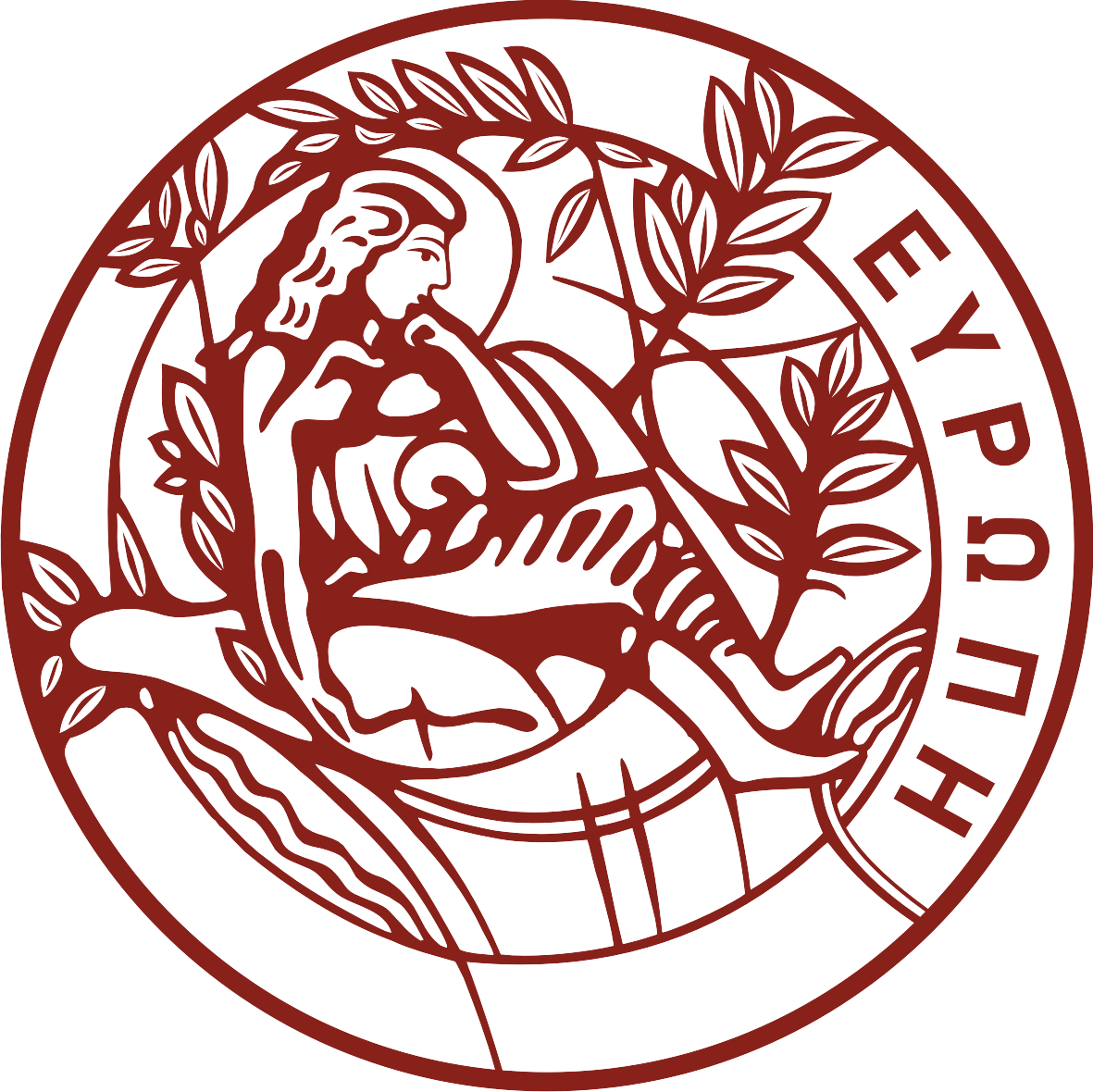Νέα
A+
A-
Καρφιτσωμένο νέο
-
20/10/2025
Σημαντικά νέα
-
11/11/2025
-
11/11/2025
-
30/10/2025
-
15/10/2025
-
24/07/2025
-
02/06/2025
-
28/05/2025
-
16/05/2025
-
30/04/2025
-
01/04/2025
-
13/03/2025
-
19/02/2025
-
07/02/2025
-
20/12/2024
-
13/12/2024
-
05/12/2024
-
07/11/2024
-
18/10/2024
-
25/06/2024
-
10/06/2024
-
22/04/2024
-
19/10/2023
-
12/10/2023
-
15/09/2023
-
01/08/2023
-
18/07/2023
-
10/07/2023
-
30/05/2023
-
27/03/2023
-
14/12/2022
-
07/12/2022
-
22/11/2022
-
09/11/2022
-
13/10/2022
-
25/09/2022
-
14/09/2022
-
05/07/2022
-
08/04/2022
-
04/03/2022
-
22/02/2022
-
28/09/2021
-
25/06/2021
-
27/05/2021
-
27/04/2021
-
18/03/2021
Νέα
-
12/09/2024
-
03/07/2023
-
25/07/2022
-
11/07/2022
-
14/02/2022
-
04/02/2022
-
19/01/2022
-
01/11/2021
-
01/10/2021
-
16/09/2021
-
31/08/2021
-
25/06/2021
-
18/05/2021
-
22/04/2021
-
28/01/2021
-
06/12/2020
-
06/09/2020
-
27/08/2020
-
15/07/2020
-
03/07/2020
Εμφάνιση παλαιότερων
Εμφάνιση Όλων



 Ανακοινώσεις
|
Νέα
Ανακοινώσεις
|
Νέα

